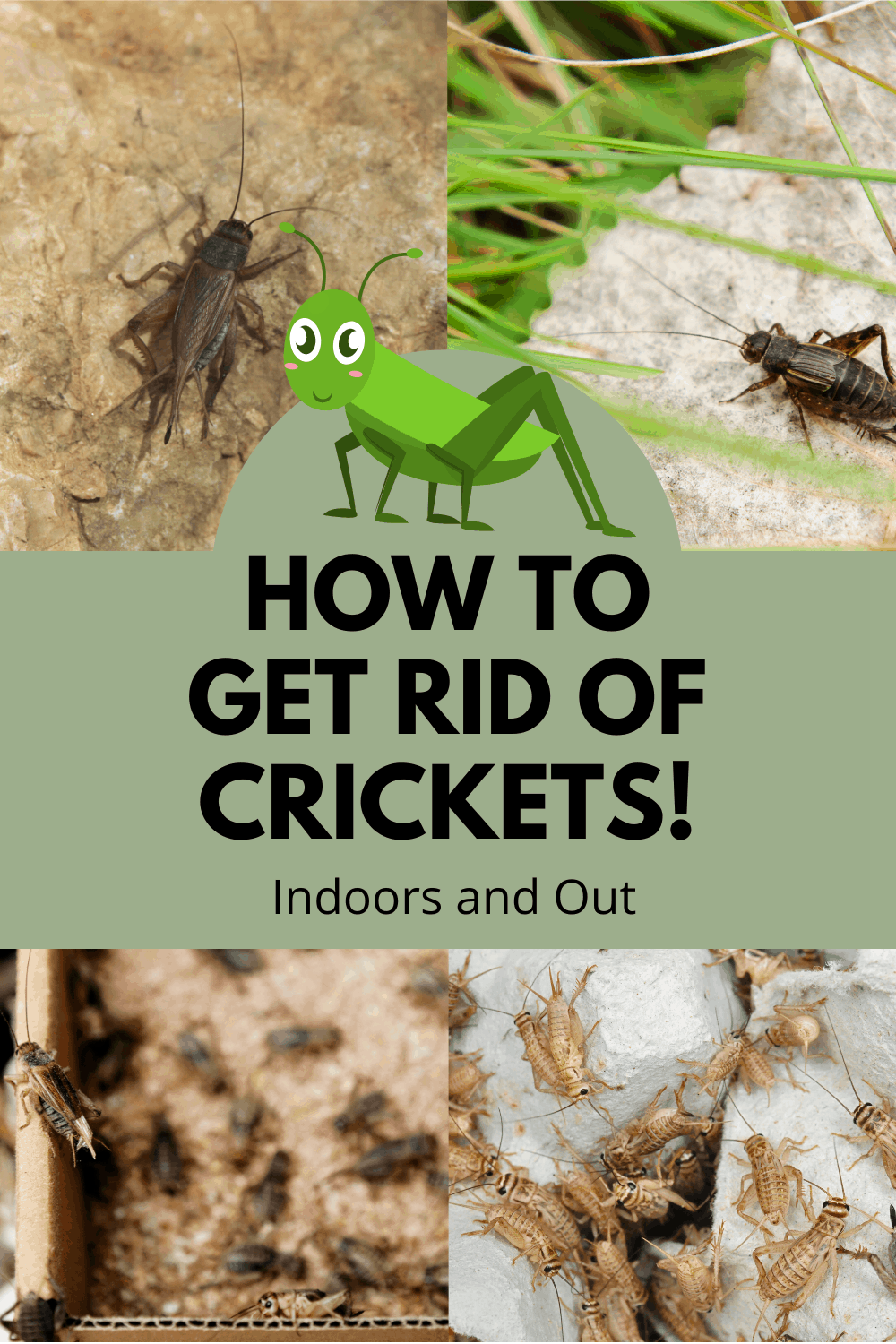
Jeffery Jago is a expert in horticulture and worm breeding. With a background in plant cultivation
Last Updated on April 24, 2021 by Jeffery Jago
Here at thewormpeople, Usually we’re telling people how to breed and raise more crickets, not how to kill them! However, we realize there’s a huge difference between the cricket farmer who loves the smell and sounds vs the normal home owner who only hears an annoying cricket keeping them awake at night. So this article is for you, Mr and Mrs annoyed homeowner! Let’s learn how to get rid of crickets from your home and yard!
how to get rid of crickets from your home:
Using cricket bait
Cricket bait can be made from molasses and water. Simply fill a shallow dish with the molasses and water mixture. The cricket will come to drink, but won’t be able to escape back into your house. Crickets like dark, cozy spaces, so put your bait in a dark corner of your basement or in a dark spot under a heavy piece of furniture.
Place the bait close to where you think they are coming in, but not too close! You don’t want to attract more into your house! Monitor it after 24 hours and see if there’s any activity around the trap. If so, move it closer until you find their hiding place (usually behind baseboards).
If you find a spot where they are getting into the house, be sure to seal it up with caulking.
You can also buy Chemical cricket bait if you want to get rid of crickets in your house without mixing your own trap ingredients. Put the bait down, and they’ll come right to it!
Set up traps
There are a variety of various insect traps that you can buy, such as:
- Sticky paper traps
- Glue boards (a.k.a., sticky traps)
- Trap patches with pheromones, which lure male crickets when they’re about to mate and then trap them in a non-chemical way
- Punji sticks, which are bamboo stakes that you can fill up with water so the cricket falls into it!
If you’re looking for an organic solution, try using one of these options instead:
Soap and sugar mixture – create a soap and sugar mix by combining equal parts dishwashing liquid or laundry detergent mixed with two cups of white granulated table sugar. Pour this liquid where needed, but avoid getting any on yourself because it can cause serious dermatitis reactions like redness.
Chemicals
If you aren’t averse to pesticides and other chemicals then that’s also an option for you. These can include things like:
raid – insecticide aerosol spray and other generic brand bug killers (ant, fly, wasp etc).
These are all very effective but only really work with direct contact. So it’s not always going to be effective if you don’t have a target to spray in the first place!
There are also more powerful pesticides you can spray in your yard and around your house, However, I do not recommend this for a variety of reasons.
- You kill good bugs too and can have a negative effect on the environment.
- If you have animals and pets, it could be dangerous for them.
- Children too!
- Your own health should also be a concern as you will likely spend time in your own yard right?
One of the most important steps to take after you’ve dealt with your annoying cricket is to make sure they don’t come back. One of the best ways to do this is by making sure they haven’t laid any eggs in your carpet or baseboards.
Use a vacuum or shop vac to clean all your carpets and floors, as well as doing a quick vacuum of all the baseboards in your house. A hepa filter is something you may want to look into because the eggs are so small.
You may also go one step further and use raid or similar aerosol sprays and spray the baseboards as these will also kill the eggs.
Kill crickets by taking care of your lawn
This one the hardest to swallow, but often removing crickets from your home is only treating the symptoms and not the disease. The best way to make sure they don’t come back is by taking care of your lawn – cutting grass short, watering it regularly, reducing debris on the surface like leaves or old plants that might attract them in the first place.
Watering your lawn will also discourage them from coming around in the first place.
In conclusion:
Most people want to get rid of crickets as soon as possible. By following the steps in this article, you will be able to successfully eradicate them from your home and lawn without pesticides! If you have any questions about how to deal with these pests, please contact pest control professionals for help.
Extra tips:
What attracts crickets in the house?
Crickets are attracted to light, so they will be drawn to bright lights. They can also come into the house through open windows or doors, and get inside via cracks in the home’s foundation. Crickets like dark areas, making them congregate around cabinets and behind furniture – which is where you’ll need a flashlight to see them if this becomes an issue!
What scent keeps crickets away?
There are a variety of different smells that can repel crickets such as moth balls, cinnamon, eucalyptus oil and lavender.
How can you get rid of cricket eggs outside?
Crickets lay their eggs in moist areas like under mulch or near pipes – make sure to sweep these away every day and dispose of them outside! They also love warm environments so it’s a good idea to put screens on your windows at night if this becomes an issue for you. You should also be aware of the types of plants which attract female crickets who have laid eggs nearby because they will eat those too! What attracts female crickets? Female crickets are attracted to dark places with high relative humidity where they’ll then deposit their eggs.
How to get rid of crickets in basements?
Crickets will take up residence in your basement if there is a damp floor. You can mitigate this by wiping down the floors with bleach and water or having an exterminator spray it for you to keep them out of your basement. It’s also important to seal off any cracks that may be on the foundation walls, as they could provide access into areas where people don’t often go such as behind appliances like washing machines and dryers which are common hiding spots.
How do crickets get inside?
Crickets need moisture in order to survive so they’ll crawl through small openings (such as vents) throughout buildings looking for moist areas – even those at high altitude! This is why cricket infestation problems tend to occur in humid climates, such as the Southwest and Southeast.

